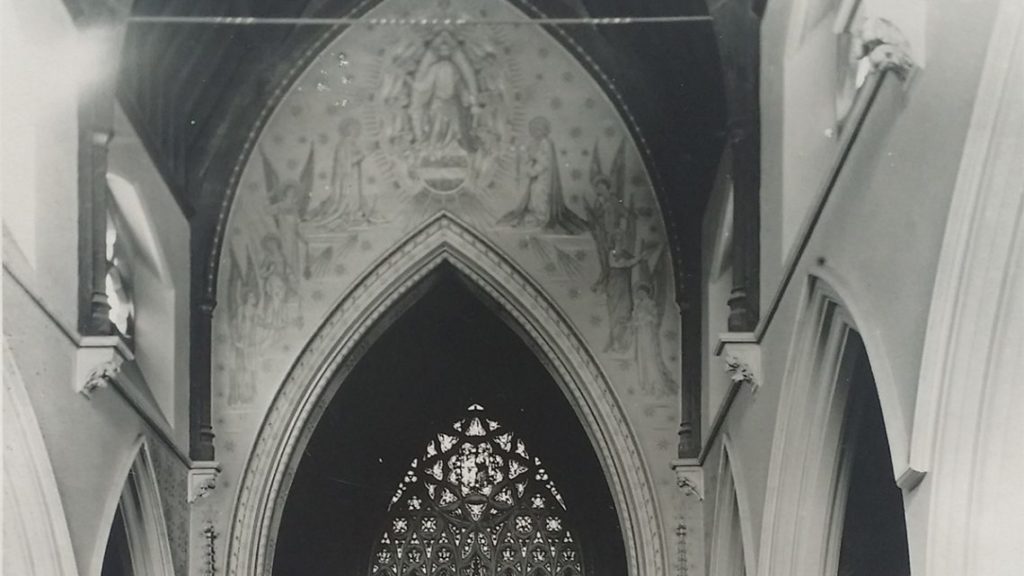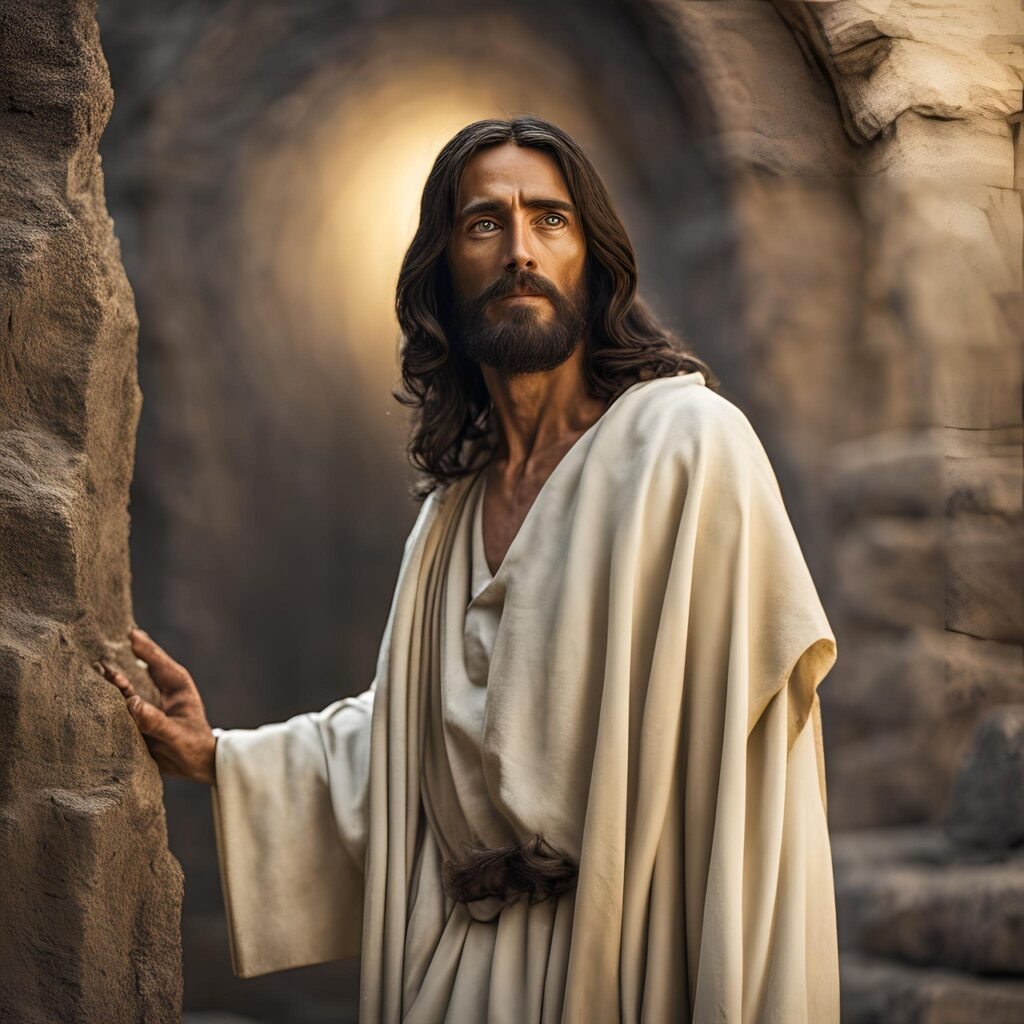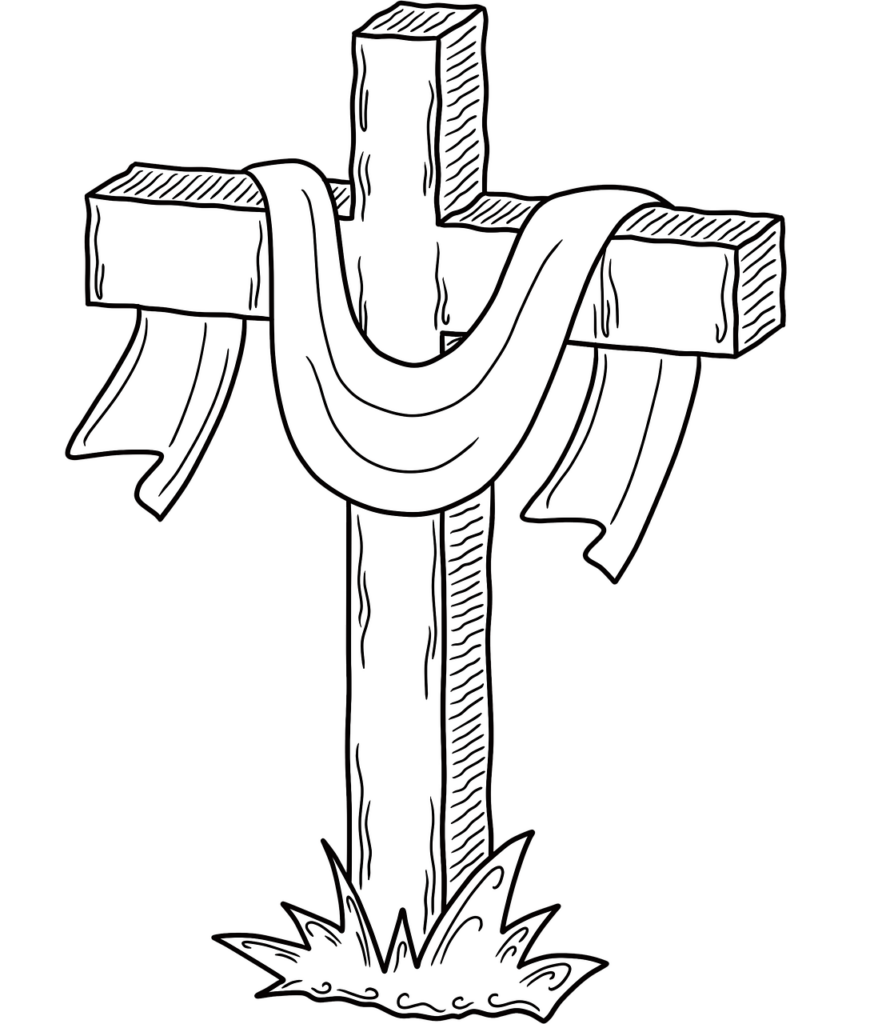Victorian Paintings Found in Shrewsbury Cathedral
Depictions of Biblical Scenes and Saints

Conservators working at Shrewsbury Cathedral have discovered elaborate wall paintings from the 19th century still intact decades after they were hidden by two coats of modern cream paint, reported the Bishops’ Conference of England and Wales.
Decorative colorful depictions of biblical scenes and the Saints, painted on the walls around the altar and sanctuary of the Cathedral, were feared lost when they were covered up with cream emulsion during alterations from the 1950s.
But investigative work undertaken by McNeilage Conservation has concluded that not only have the images survived but they also probably remain in a sufficiently good condition to be recovered and conserved as funds and resources allow.
The paintings were by Joseph Aloysius Pippet, a Catholic designer employed by John Hardman and Co. who worked in the chapels and chancel of the Cathedral from 1885. Photographic records (attached) show his completed work.
The Diocese of Shrewsbury has accepted the conclusions of the report by the Devon-based specialist conservation team and has now commissioned further exploration into the possible costs of fully recovering the original beauty and splendor of many of the paintings in and around the sanctuary.
The exploratory work uncovered three sections of a painting on the upper north wall of the sanctuary showing the Archangel Gabriel visiting the Blessed Virgin Mary at the Annunciation, decorated also with images of a dove, a lily, star motifs, symbols for Mary, and Latin inscriptions on scrolls.
Conservators found they were able to separate later layers of paint without causing any damage to the original artwork and were able to expose a section of Mary’s robe as well as two other parts of the painting.
On the south wall of the cathedral, a fleur de lys and crown painted in bold hues of red and green have also been exposed during the exploratory work.
The largest single painting, however, is high on the sanctuary arch and shows Jesus Christ seated in glory in the presence of the Virgin Mary and St Joseph. Conservators have yet to reveal any section of the image.
The conclusion of the report, called “Shrewsbury Cathedral: A Wall Painting Survey”, said further exploratory work would enable conservators to “assess which areas can be conserved and restored and whether there might be some areas where the original decoration – such as the repetitive dado design – could be reinstated where it is missing”.
“It would also be possible to give a realistic estimate of the time required to uncover large areas,” the report said. The investigations into the paintings came as part of a project to restore the Cathedral to the original glory envisaged by its architect, Augustus Welby Pugin, and its patron, John Talbot, the Earl of Shrewsbury.
The project is expected to run for at least two years and so far has involved the return of the sanctuary almost to its original design, a process which uncovered thousands of neo-Gothic revival floor tiles which had been covered by carpets.
A wrought-iron cross Arts and Crafts cross has been restored, repainted, and returned to the roof of the Cathedral, while the bell has also been restored, repaired and cleaned, and is now able to chime again after nearly 50 years of silence.
Sophie Andreae, the Vice-Chair of the Patrimony Committee of the Catholic Bishops’ Conference of England and Wales, said:
“The discovery of the elaborate and colorful wall paintings surviving in such good condition under layers of modern cream paint is very exciting.
“The careful current restoration project which will see the unsympathetic alterations carried out in the 1970s and 1980s reversed and the interior of Shrewsbury Cathedral restored to its former glory is an inspiration.
“So many of our fine Victorian churches were damaged during the changes that came in with Vatican II. Sadly, this was just the moment when appreciation of Victorian architecture in this country was at its nadir and as a result, much wonderful Victorian craftsmanship in our historic churches was lost.
“A growing appreciation of historic Catholic church buildings, and in particular their interiors, in recent years is leading to a re-evaluation of what was done back then and a welcome desire to restore beauty and color to our buildings based on sound historical research and careful exploratory investigations by conservators. This is exemplified by the recent work at Shrewsbury.”
James Crowley, Architectural Historian and the Secretary of the Wales and Herefordshire Historic Churches Committee, said:
“The recent investigative work by McNeilage Conservation brings very welcome and exciting news.
“These decorative schemes provided rich adornment to interiors but many were painted out as they were damaged or became dulled by decades of dust and candle smoke; they were far removed from the modern plain decoration in subtle shades that is today commonplace in most Catholic churches of this period.
“Such schemes served not only decorative purposes but often had a catechetical function and the Cathedral scheme is no different. “Archival research prior to these recent investigations had already established that as well as various stenciled patterns throughout the sanctuary there were figures of angels and a depiction of the Annunciation, part of which has now been uncovered.
“Perhaps the most exciting prospect remains to be seen. The area over the sanctuary arch was the most lavishly decorated with a large scene depicting Christ seated in glory with Our Lady and St Joseph below to the left and right, below them are angels ascending with prayers of petition from the faithful and descending with crowns of blessing.
“I am hopeful that further work by the conservators will establish that extensive sections or even the whole scheme might be recovered, increasing the aesthetic quality of the interior and serving as an aid to the practice of our faith.”
Related

Reflection by Bishop Enrique Díaz: The Lord’s mercy is eternal. Alleluia
Enrique Díaz
27 April, 2025
5 min

After Eight Days Jesus Arrived: Commentary by Fr. Jorge Miró
Jorge Miró
26 April, 2025
3 min

The Perspectivas del Trabajo Foundation is founded with the aim of promoting virtues for professional development
Exaudi Staff
25 April, 2025
2 min

Reflection by Bishop Enrique Díaz: Alleluia, alleluia
Enrique Díaz
20 April, 2025
5 min
 (EN)
(EN)
 (ES)
(ES)
 (IT)
(IT)

